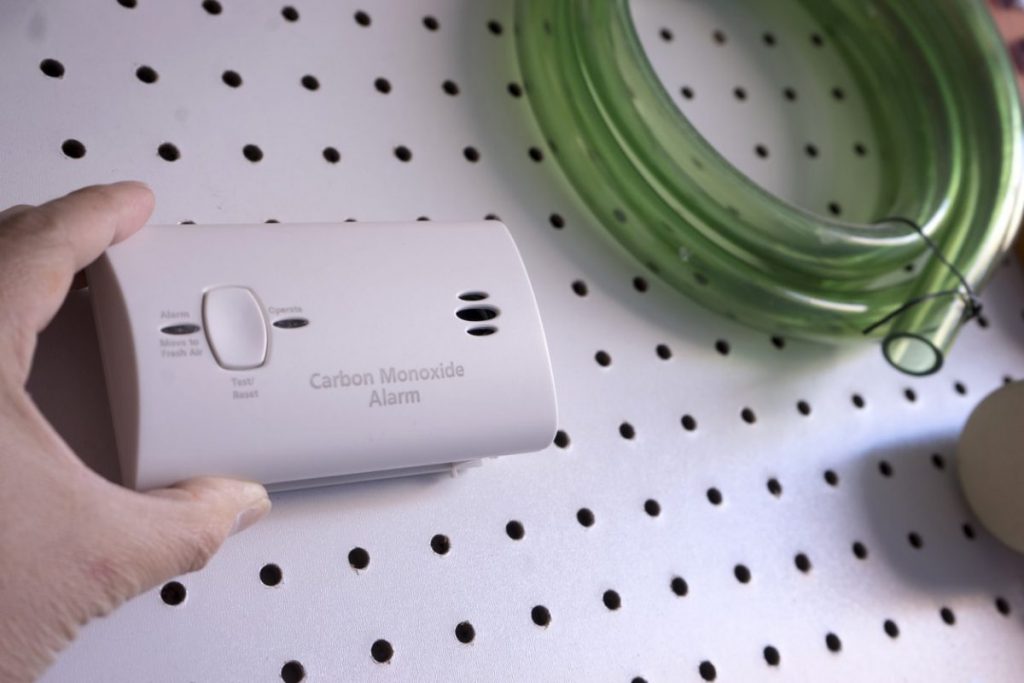Each year more than 400 Americans die from an unintentional Carbon Monoxide (CO) poisoning that was not linked to fires, according to the Center for Disease Control (CDC). On top of that, more than 20,000 visit the emergency room and another 4,000 individuals are hospitalized due to this problem. This type of poisoning can happen anywhere: in your car, at home and on your boat. That’s why it’s important to make sure that you have Boat Insurance and an acute awareness about the dangers of CO poisoning.
Carbon monoxide is a colorless, odorless gas that can be extremely dangerous when ingested, particularly within an enclosed space (like some models of boat). However it’s possible to keep yourself protected. This is how to keep yourself and your guests safe from CO poisoning on your boat, including how to prevent CO emissions and what to do if you’ve been affected.
The Low Down: CO Basics
BoatUS created a list of the most essential basics that anyone should know regarding CO poisoning on a boat. The list includes:
- CO is senseless: no taste, can’t see it and can’t smell it.
- A running engine is going to be the most common source.
- A marine grade CO detector should be installed and maintained on all boats.
- CO can make you sick in seconds and high concentrations are fatal.
- CO symptoms can be confused with seasickness or alcohol intoxication.
- If an engine is running, you should avoid closed-off, poorly ventilated areas.
- Swim platforms should not be used to swim or hang out on: gases can accumulate when the engine is running.
- When CO is suspected, open up and ventilate all areas (hatches, ports, windows) of the boat immediately.
- If CO poisoning is suspected, move victim to fresh air as soon as possible. Next, seek medical attention.
CO enters the lungs quickly, and it can be deadly. If you’re in a well ventilated environment, then you won’t have a problem.
When anyone on board shows signs of seasickness, don’t immediately write it off. You never know what the underlying problem could be. If your engine isn’t properly tuned, it could prove to be disastrous.
How to Prevent Disaster: Know When to Spot CO
First things first: you should have a CO detector on board. It’s only natural that a boat would need one, as well as boat insurance. The CDC created a list of things you should do in order to protect yourself:
- All engines and appliances need to be properly maintained.
- All passengers should be educated on the signs of CO poisoning.
- Don’t swim or play near exhaust areas.
- Watch children closely near rear swim decks and water platforms.
- Never block an exhaust outlet. If you block them, you’re going to cause CO to build up.
- Dock, beach or anchor at least 20 feet away from the nearest boat that is running a generator or an engine. If you’re close to another boat, you could send CO right into your cabin.
Many boaters worry about the dangers of the sea, but some dangers can come from right there on your boat. In order to have a safe and enjoyable trip, make sure that you’ve prepared your boat and your passengers for CO poisoning prevention, and have a Boat Insurance program that will cover you and your boat in the event of any incidents.
About Mariners Insurance
Mariners General Insurance Group was founded in 1959 to protect boat owners and marine business clients. We are marine insurance experts and insure boats worldwide – in every ocean on the planet. Marine insurance is critical if you own a boat or nautical business. Trust the professionals with all of your Boat Insurance needs – trust Mariners Insurance. Call us at (800) 992-4443 any time you have questions or concerns about insurance for your vessel or marine business.



